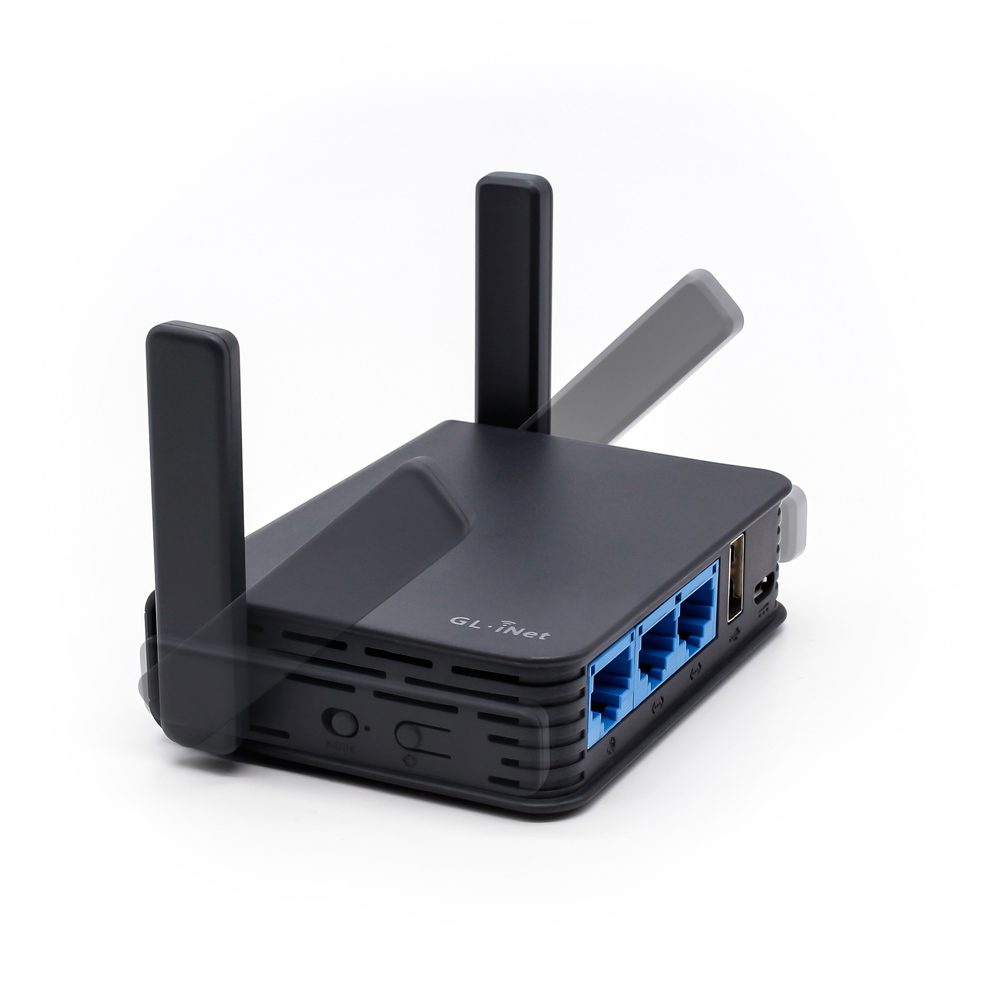Tag: openvpn
-

Ideal travel router: GL-AR750S
Right. With the pandemic and all none of us are going to travel much but still… About a year ago I purchased myself an OpenWRT router to use on the plane and in hotels. And so far I really like both the device and the Hong Kong based brand (launching new and updated products, and…
-
Graph amount of OpenVPN users to Munin
Rather simple script. Using log file instead of management interface. Part has to run as Root (due to Munin most likely not having access to read the log files. Working with the management interface could solve this. Create /usr/local/bin/getVpnUsers.sh: #!/bin/bash echo “VPN.value `cat /var/log/openvpn-status.log | sed -e ‘1,/Common Name/d’ | sed -e ‘/ROUTING TABLE/,$d’ |…
-
OpenVPN: Can’t assign requested address
For no clear reason, OpenVPN on Mac with Tunnelblick (any version, had this problem for a few years already) results in these kind of error messages (and refuses to connect): 2013-02-05 17:44:31 write UDPv4: Can’t assign requested address (code=49) 2013-02-05 17:44:33 write UDPv4: Can’t assign requested address (code=49) This seems to appear more often when…
-
OpenVPN packet drops
I recently started to notice following error messages on my openVPN server. ovpn-server[6306]: vpn.rootspirit.com/85.234.x.y:62068 MULTI: packet dropped due to output saturation (multi_process_incoming_tun) This basically means that the TUN or TAP interface is making more packets than the real (TCP) interface can handle. As I need to run OpenVPN using the TCP protocol (instead of the…
-
OpenVPN & Windows 7
There’s a great GUI out for OpenVPN & Windows, located here. However, this GUI includes an old OpenVPN, that is no longer compatible with Windows 7 and Windows Vista. The TUN/TAP driver will be blocked due to compatibility issues, and when trying to connect to a VPN, you’ll get an error along the lines of:…
-
OpenVPN Linux + Mac howto
A short howto, as I was unable to find any clear ones on the net. I’m using Mac OS X (Leopard) as client, and a Gentoo server as server/host. I both tried Viscosity and Tunnelblick on my Mac as OpenVPN software, and Viscosity is probably somewhat easier to configure (using the GUI), it was shareware.…